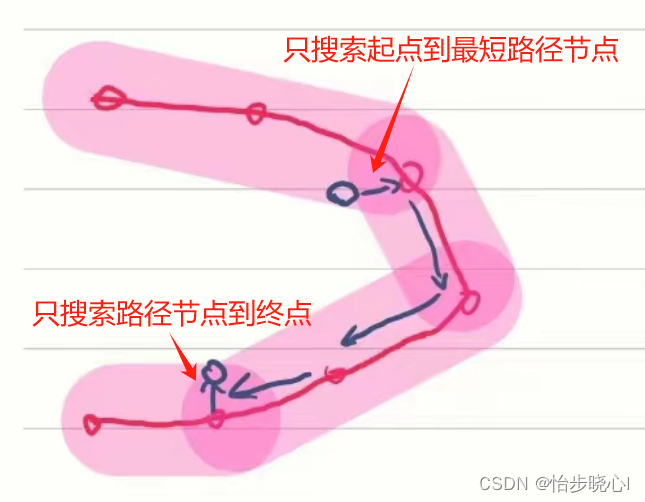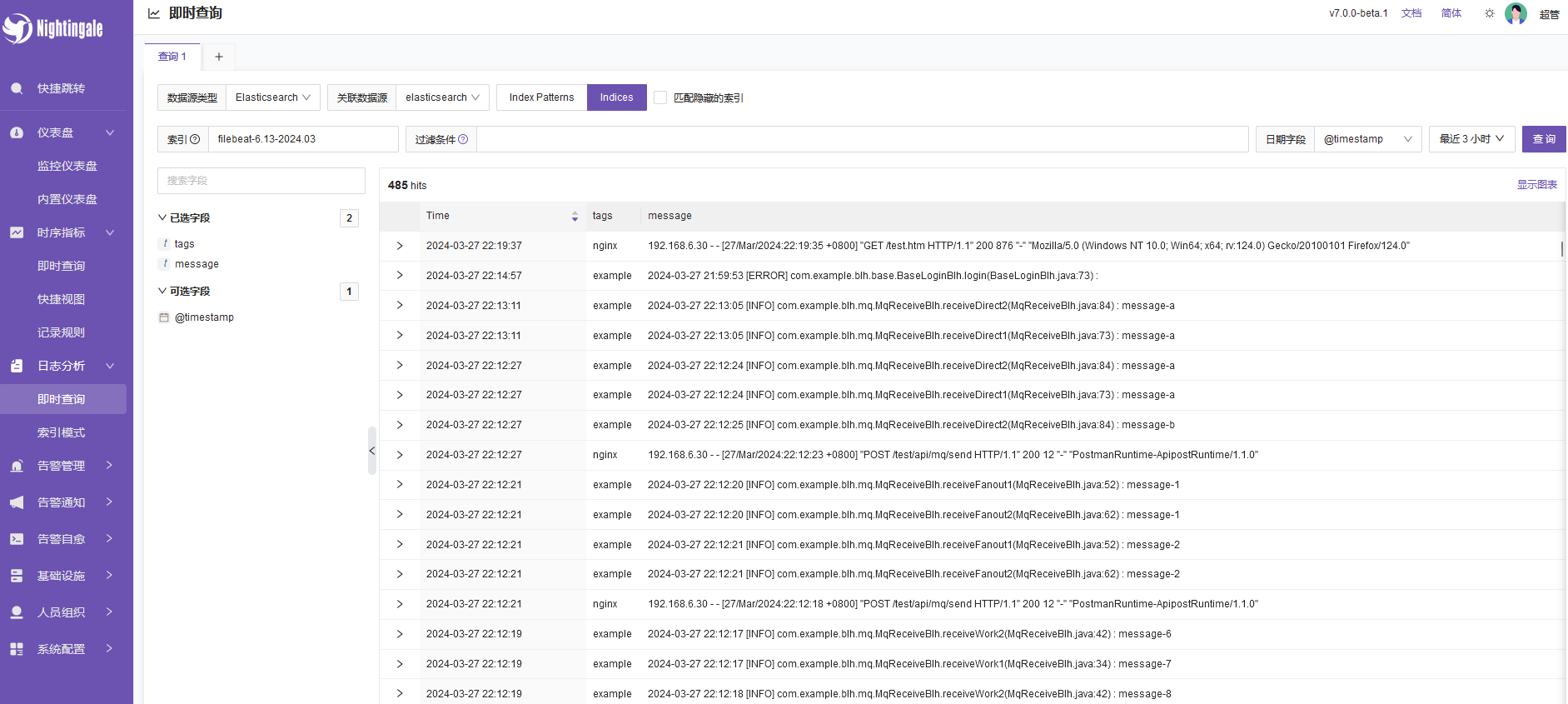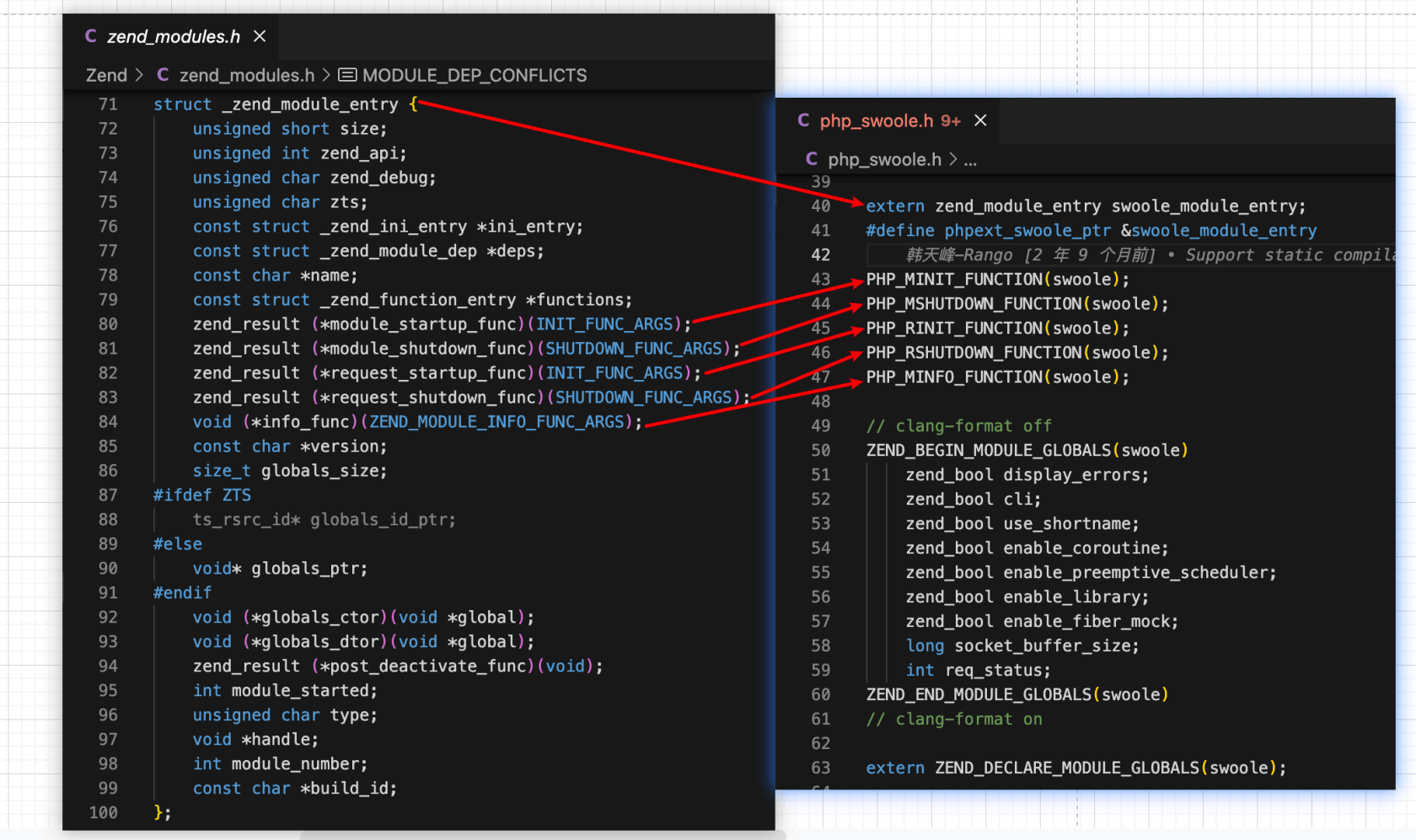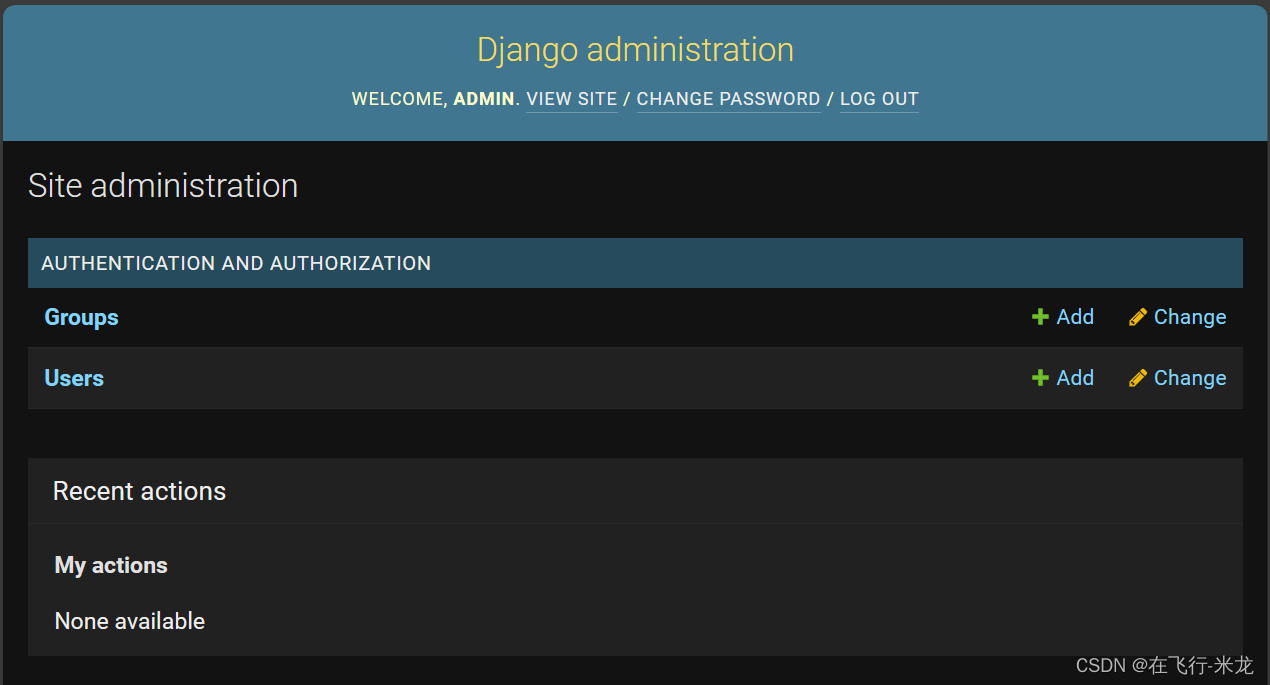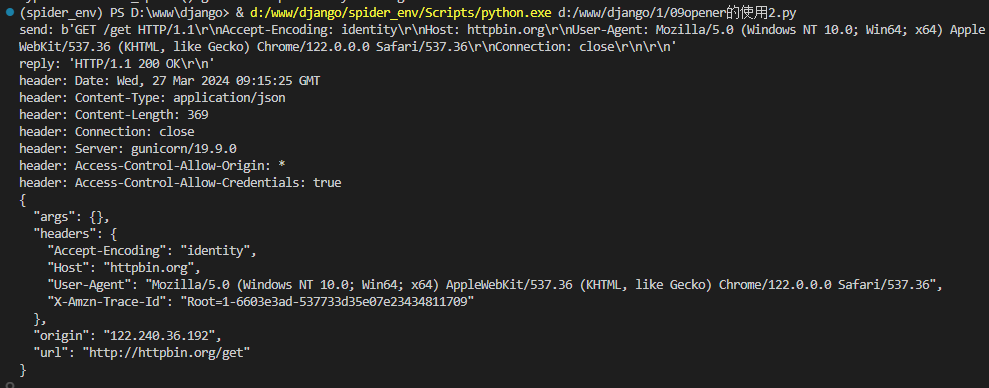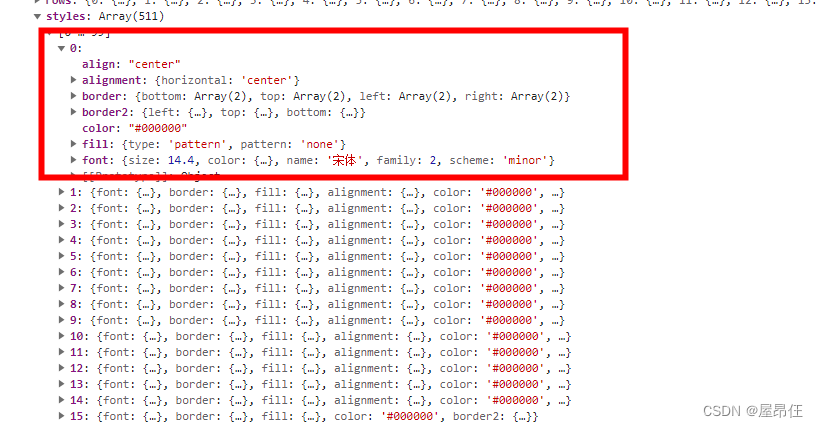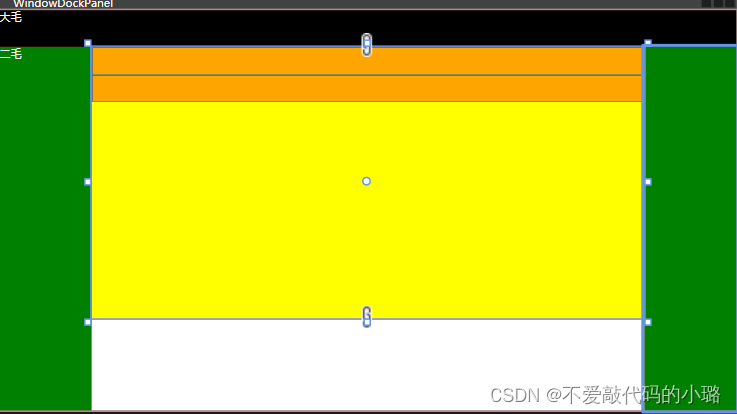在框架结构中应用分布式面板荷载
Applying Distributed Panel Loads to Frame Structures
使用"Uniform to Frame"选项,可以简单地将荷载用于更多样化的情况。
With the “Uniform to Frame” option, loads can be easily used for a greater diversity of situations.
用户只需定义要施加在每个面对象上的均布荷载值。SAP2000程序计算并乘以所包含的框架和/或节点的影响宽度和/或面积。用户可以完全控制荷载的分布方式,可以根据每个面对象的局部轴1或局部轴1和2进行单向或双向分布。
The user only needs to define the values of the uniformly distributed loads to be applied to each area object. The SAP2000 program calculates and multiplies by the influence widths and/or areas of the included frames and/or nodes. The user has full control over the distribution of the loads, which can be one-way or two-way, according to local axis 1 or local axes 1 and 2 of each area object.
使用"None"面对象和不同的划分选项,用户可以选择避免建模覆层和其他次要结构,但在生成的荷载离散化方式中考虑它们。
By using "None" area objects and different division options, the user can choose to avoid modeling coverings and other secondary structures, but consider them in the way the generated loads are discretized.
连续(continuous )与离散(discrete )
适用的程序
Applicable Programs
- SAP2000
功能
Functionalities
- Uniform to Frame (Shell)
- One-way Uniform to Frame (Shell)
- Two-way Uniform to Frame (Shell)
- Load Transfer Options

面板荷载的分配
Attribution of Loads on Panels
首先,需要选择None面对象,并通过选项Assign -> Area Loads -> Uniform to Frame(Shell)分配相应的荷载。荷载分布可以是单向或双向的,加载方向可以根据面对象的整体轴或局部轴。
First, it is necessary to select the None area objects and assign the respective loads through the option Assign -> Area Loads -> Uniform to Frame (Shell). The load distribution can be one-way or two-way, and the loading direction can be according to the global or local axes of the area objects.
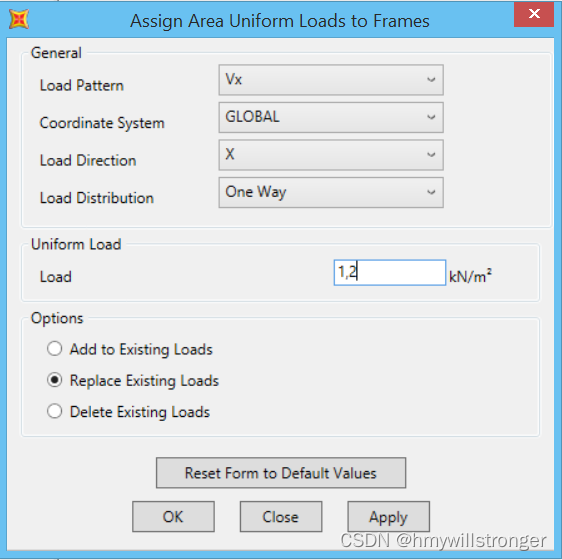
显示结果荷载的选项
Options for Displaying Resulting Loads
要显示框架对象上的结果荷载,只需选择选项Display -> Show Load Assigns -> Area -> Uniform Load to Frames Resultants。
To display the resulting loads on the frame objects, simply select the option Display -> Show Load Assigns -> Area -> Uniform Load to Frames Resultants.

示例
Examples
-
排除框架
Exclusion of Frames- 考虑在荷载分布中包括所有框架
Considering the inclusion of all frames in the load distribution
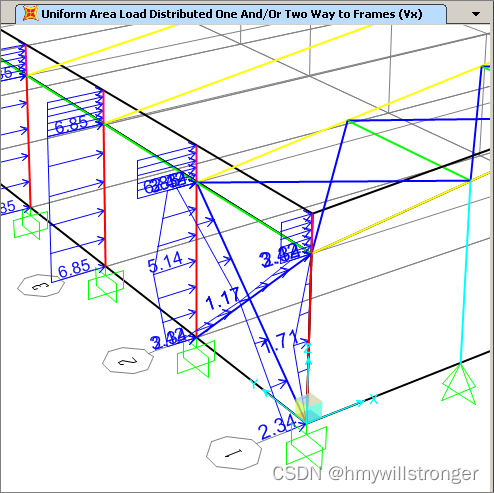
- 通过分配属性Assign -> Frame -> Load Transfer Options,考虑排除支撑构件
Considering the exclusion of bracing members by assigning the property Assign -> Frame -> Load Transfer Options
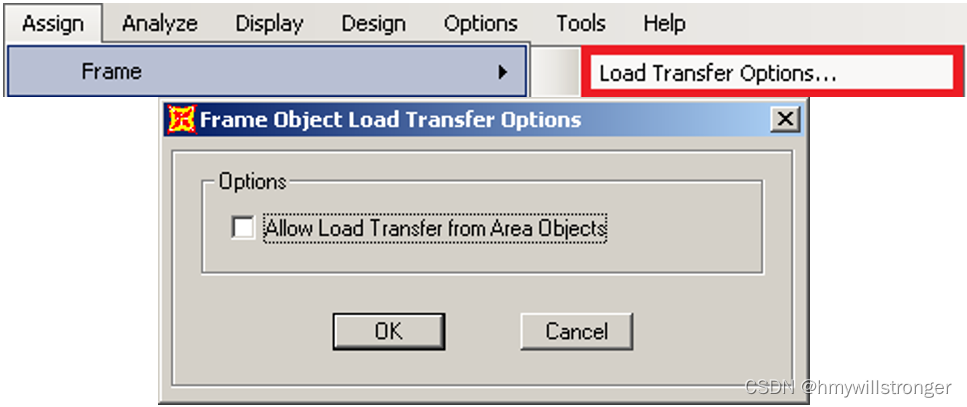
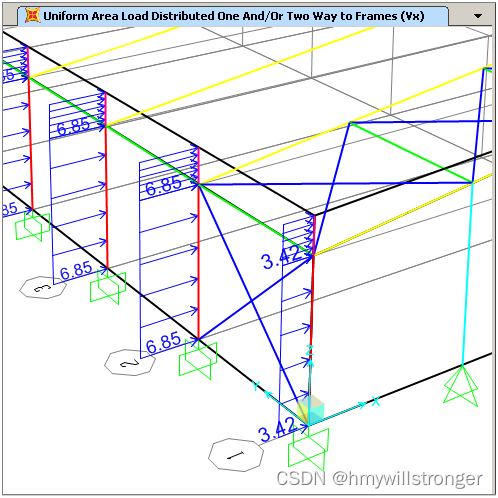
- 考虑在荷载分布中包括所有框架
-
覆层结构的直接/间接建模
Direct/IndirectModeling ofCladding Structures-
仅在立面构件上施加荷载以计算结果荷载,无需建模覆层板
Applying loads only on thefacadeprofiles to calculate the resulting load, without the need to model the cladding sheet
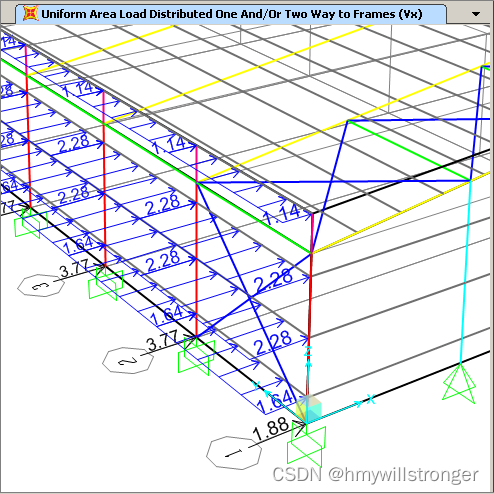
-
考虑立面构件与柱交点处的节点,以计算结果荷载
Considering thenodesat theintersectionof thefacade profileswith thecolumnsto calculate the resulting load
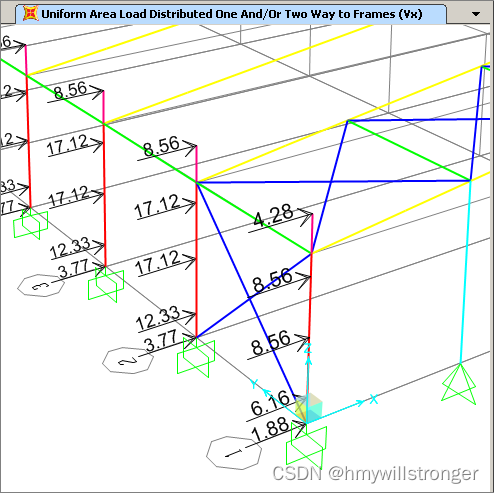
-
-
根据面板的整体轴或局部轴的荷载
Loads According to Global or Local Axes of Panels-
可以引入根据面对象的局部轴之一或定义的整体坐标系轴来定向的荷载,考虑对象的总面积或在垂直于定义方向的平面上投影的面积
Possibility of introducing loads oriented according to one of the local axes of the area objects or the axes of the defined global coordinate systems, considering the total area of the object or the projected area on the plane perpendicular to the defined direction
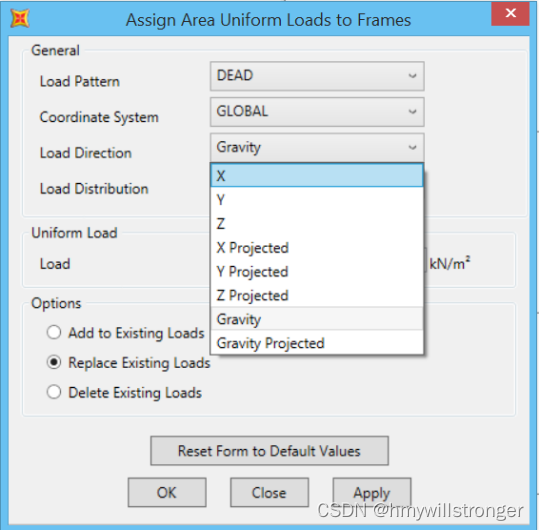
-
离散荷载的合力具有分配的每个荷载中定义的方向
The resultants of the discretized loads have the orientation defined in each assigned load
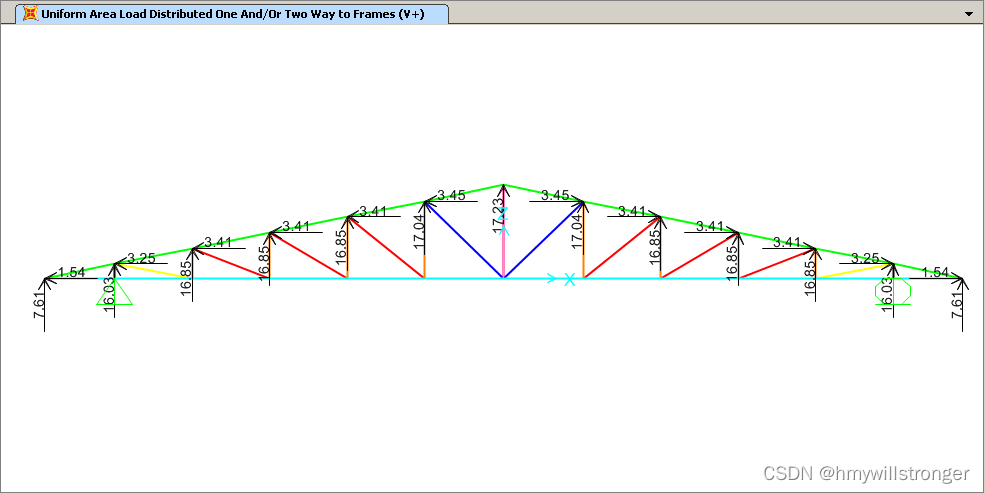
-
-
单向和双向荷载分布
One-way and Two-way Load Distribution-
在荷载分布中排除支撑。包括和排除的框架分别标识为Yes和No
Exclusion ofbracesin the load distribution. The included and excluded frames areidentifiedasYes and No, respectively
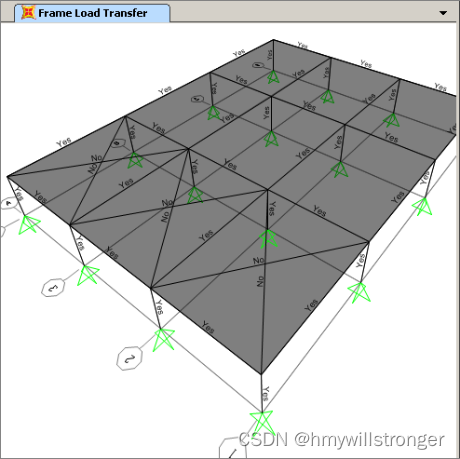
-
根据面对象的局部轴1进行单向分布
One-way distribution according to local axis 1 of the area object

-
根据面对象的局部轴1和2进行双向分布
Two-way distribution according to local axes 1 and 2 of the area object
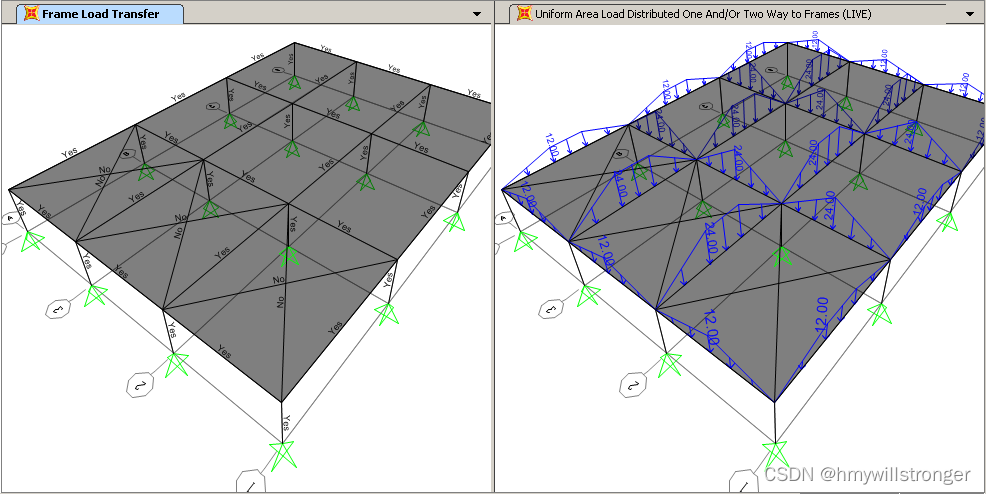
-
-
复杂几何形状和可变影响宽度
Complex Geometries and Variable Influence Widths-
具有可变影响宽度的框架荷载
Loading of frames withvariable influence widths
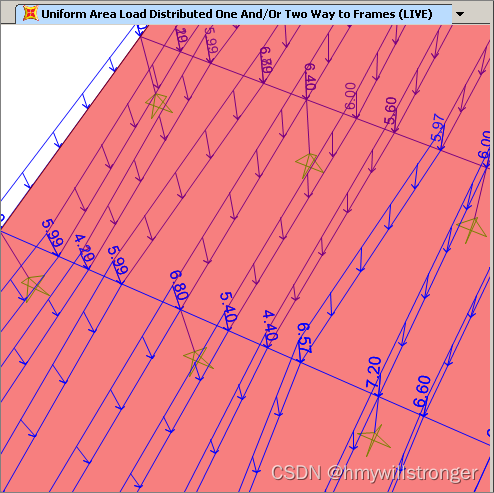
-
无需建模即可自动获得主结构中框架的反力
Automaticobtainment offrame reactionsin the main structurewithout the need to model them
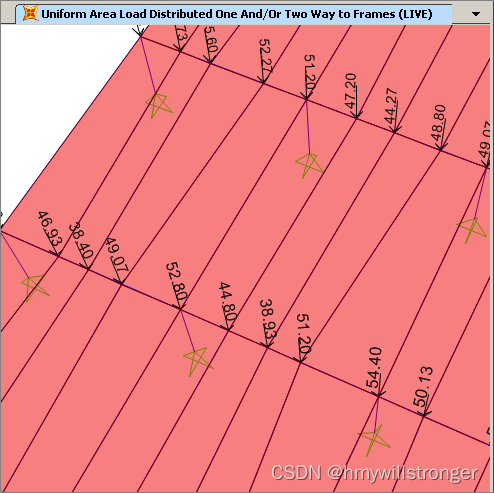
-
